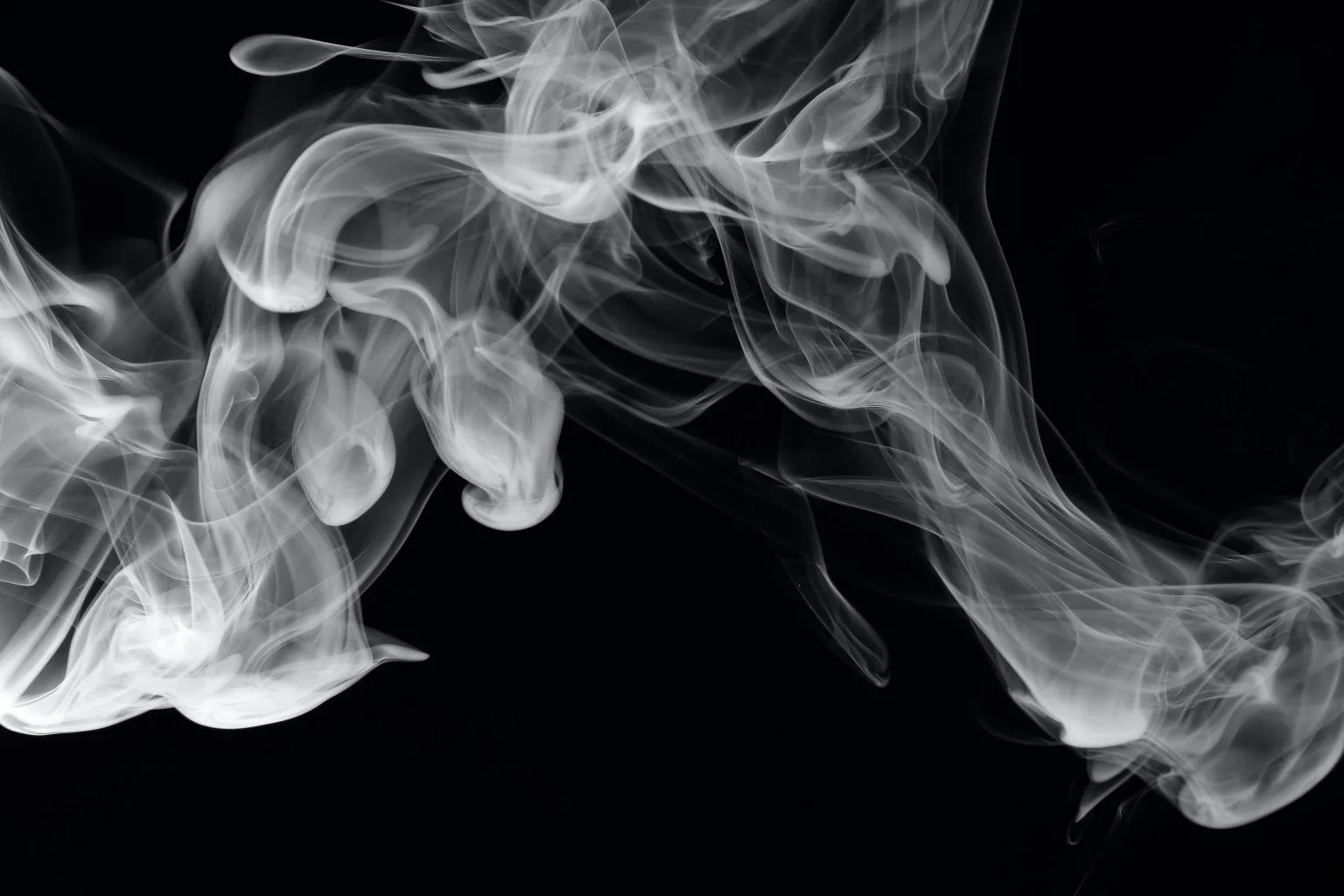Do you have an account?
Log in, so that checkout is faster.
We - Elektrotechnik-Schabus GmbH & Co. KG - are developers and Manufacturer high-quality warning systems and safety-related (radio) solutions.
Browse through our product range – you will find plug-in products for the private user as well as sophisticated professional solutions for the expert.
Our strength: Our close contact with experts makes us a sought-after manufacturer and partner. Electrical engineering Schabus From the very beginning, we have been committed to the success of the tradesperson: with a product range that leaves nothing to be desired in terms of ease of assembly and user-friendliness. This close contact with the market, whether with professionals or private end customers, allows us to understand customer needs and enables us to continuously develop new, innovative products and applications.
We would be happy to advise you. by phone – whether it's for product selection or if you have technical questions.
In addition, we develop custom electronic and electromechanical products for companies in a wide variety of industries. Electrical engineering Schabus You have an experienced partner at your side who will competently support you throughout your project, from development to manufacturing and assembly. You have the idea – we implement the solution!


